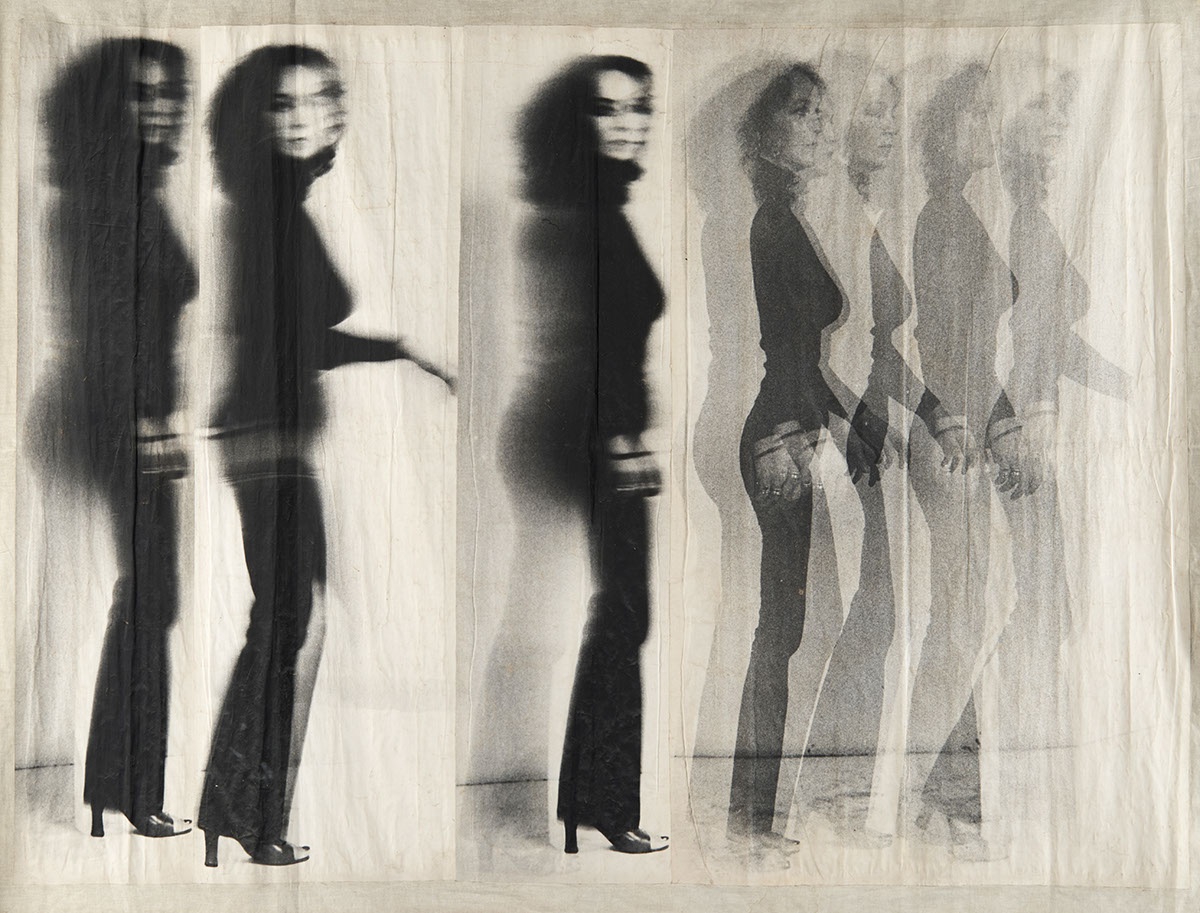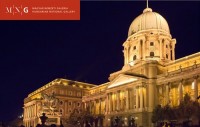Since the 1970s, Kati Gulyás has been a decisive figure in textile art, an important avant-garde art form in the 1970s and 80s. This movement was represented primarily by her works created at the Velem Textile Art Studio. In the photo of the picture Movement – Motionless Movement, enlarged to life-size and applied to canvas, Kati Gulyás provides a witty answer to originality, the multiplication of perceived reality and the metaphysical problem of reality. Gulyás’s work depicting the phases of movement illuminates not only spatiality but the questions of ever-changing time, on which the artist commented the following: “Our perceptions and feelings are obsolete, not only those of yesterday but those of just a moment ago. They survive only in that they leave their mark upon us; they stand in spatial synchrony, influencing each other, and being influenced by new arrivals. And every earlier phase continually modifies what takes place after it.”
en

